Trinity Tunnel
Trinity Tunnel
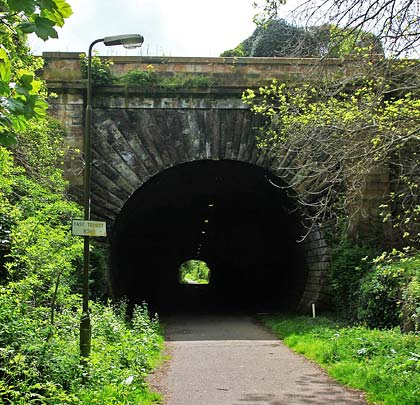
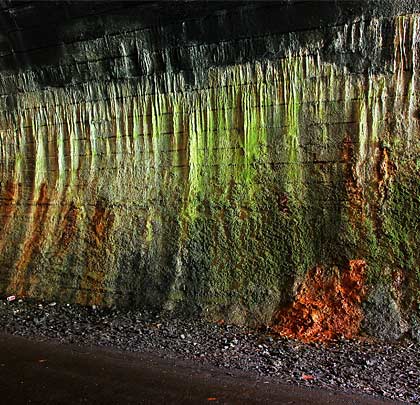
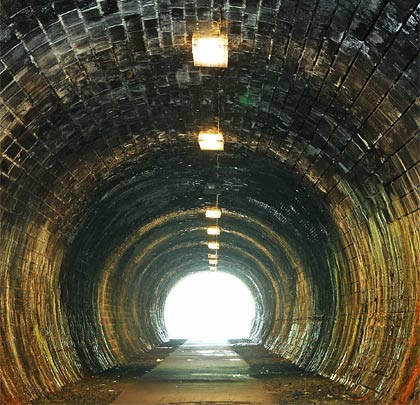
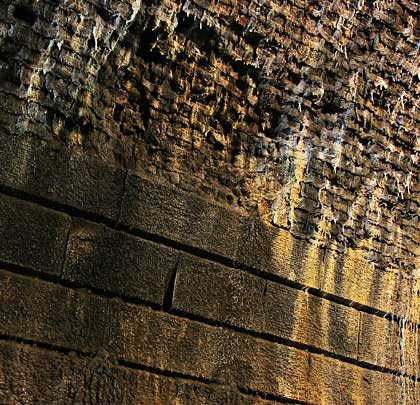
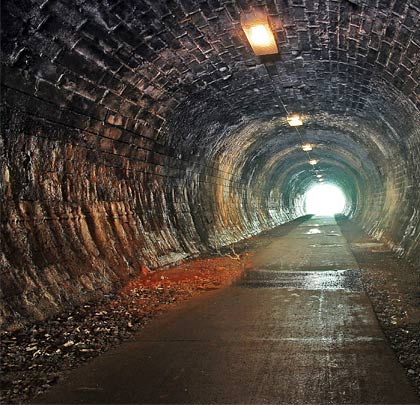
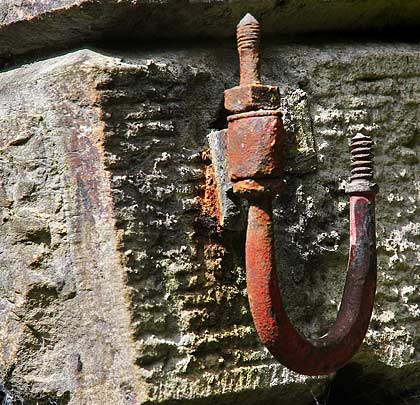
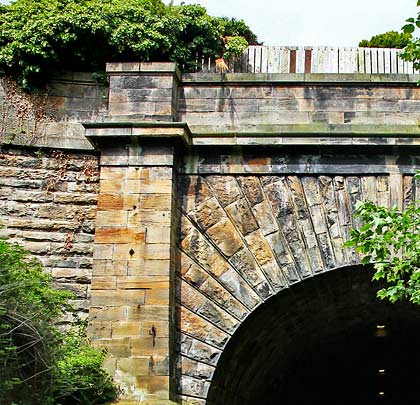







Authorised by Parliamentary Acts of August 1836 and July 1839, the Edinburgh Leith & Newhaven Railway inaugurated its 1¼-mile horse-drawn service from Canonmills to Newhaven on 31st August 1842, establishing a passenger and goods link between the city and a port on the south bank of the Forth.
Following a name-change to become the Edinburgh Leith & Granton, the line was extended to reach a new harbour at the latter named place in 1846 and a branch to Leith opened two years after that. At its southern end, 1847 saw services pushed further into the city by means of the 1,007-yard Scotland Street Tunnel and a stationary engine which hauled trains up the 1:27 gradient. At this time, horse power gave way to steam along the rest of the route.
The Edinburgh & Northern Railway took the company over on 27th July 1847, with the North British assuming control in 1862, establishing a link into Waverley (then North Bridge) Station six year later and bringing closure of the route’s southern section to passengers.
Engineered by Thomas Grainger and John Millar, Trinity – or East Trinity Road – Tunnel plots a course northwards for 146 yards. Original plans for the railway show it passing under the back gardens of Nos 3-9 York Road, then known as Tower Park Cottage, Trinity Villa and Myrtle Bank. It is reasonable to presume then that cut and cover techniques were employed, with a flattened arch profile due to limited ground cover.
The sandstone portals are unusual in design, with long rusticated voussoirs tapering outwards to meet ashlar buttresses. Beyond these are curved wing walls, all topped by a string course beneath ashlar coped parapets.
The lining features courses of neatly masoned stone, although a number of patch repairs have been carried out in brick. Several brackets for wires and cables are attached to the sidewalls. Although it is generally dry today, the tunnel has seen considerable water ingress over the years, resulting in large areas of calcite forming.
Trinity Tunnel saw its last traffic in January 1986 and was subsequently given a Grade C(S) listing; this was upgraded to B in October 2001. It now hosts a foot and cycle path.







